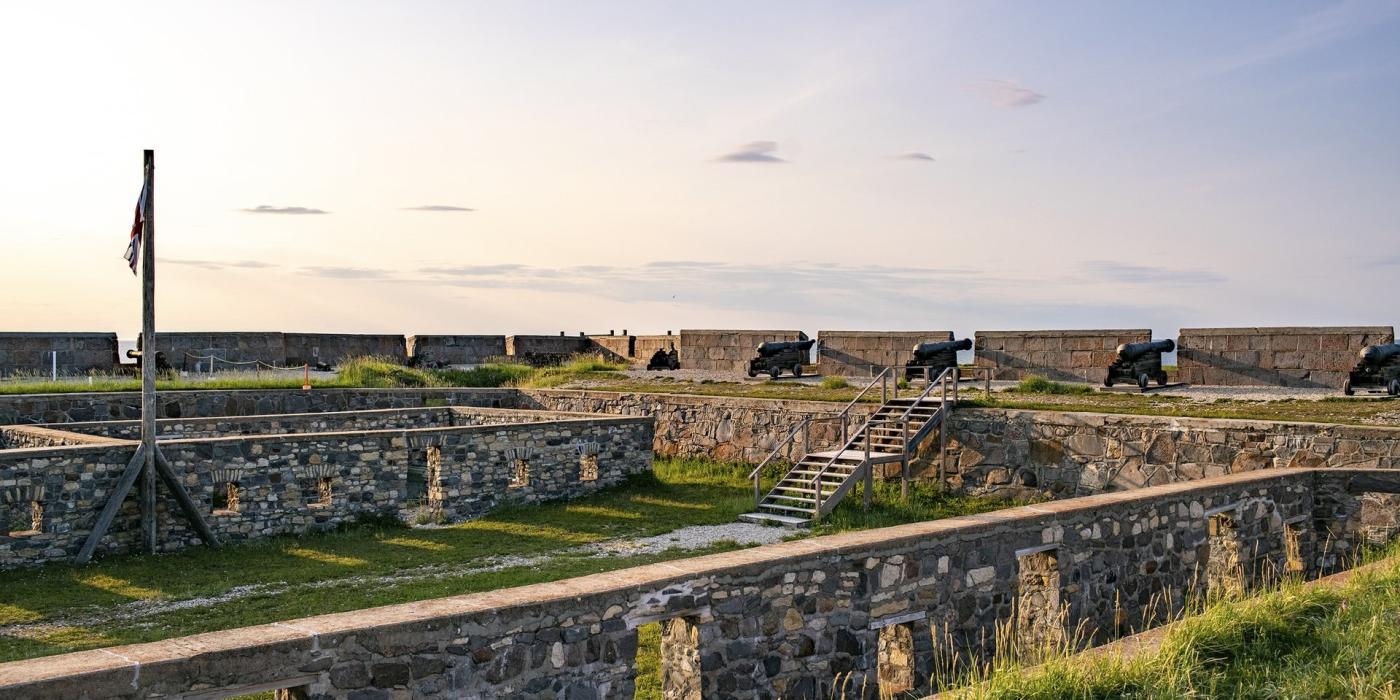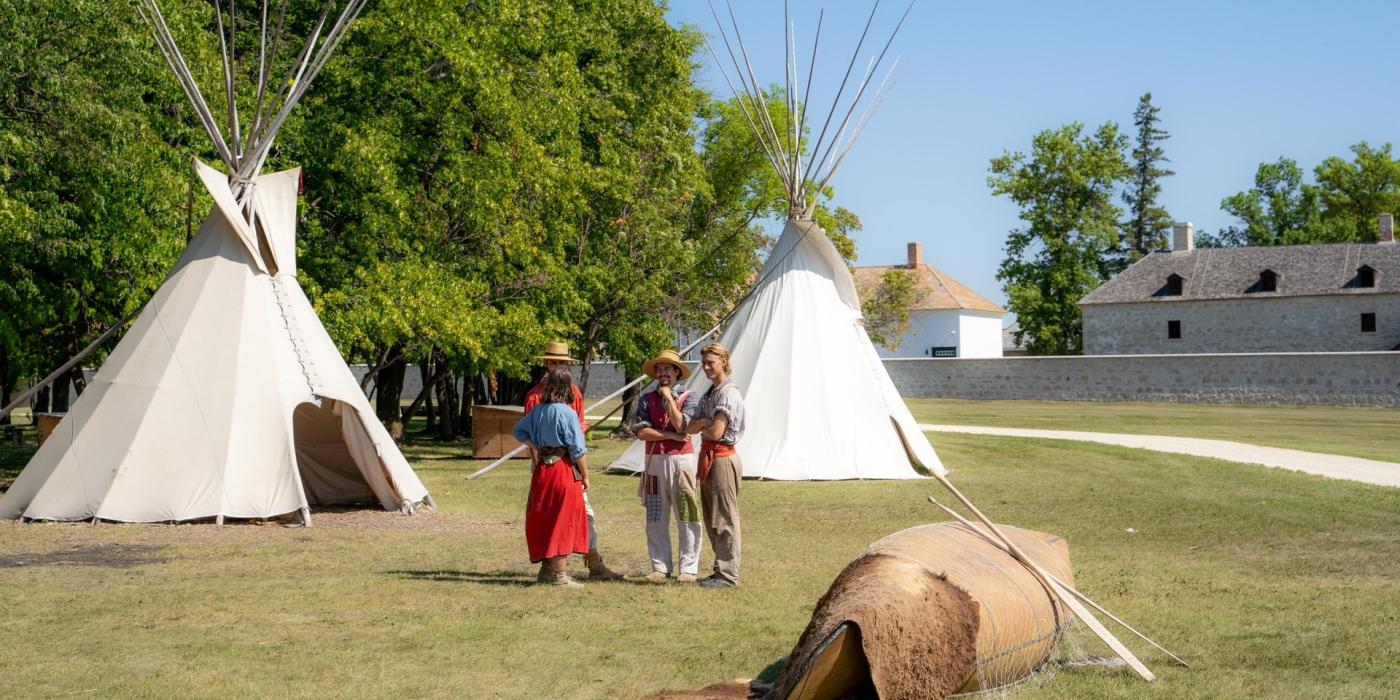- Things To Do
- Events
- Food & Drink
-
Places To Go
- Winnipeg
- Churchill
- Eastern Region
- Central Region
- Interlake Region
- Parkland Region
- Western Region
- Manitoba North
- Must-See Destinations
-
Itineraries
- Island Getaway on the Prairies
- Wheat City Wanderings in Brandon
- Escape to the water and the wild
- St. Boniface Winter: Passion and History
- Follow the path to a story in Neepawa
- Unleash your inner Viking this winter
- Explore Clear Lake this winter like never before
- Breathe in the Whiteshell this winter
- Go North for a boreal forest escape
- Treaty Areas
- Where To Stay
- Trip Essentials
- #ExploreMB Blog
Navigation Options
- FREN
- Things To Do
- Events
- Food & Drink
-
Places To Go
- Winnipeg
- Churchill
- Eastern Region
- Central Region
- Interlake Region
- Parkland Region
- Western Region
- Manitoba North
- Must-See Destinations
-
Itineraries
- Island Getaway on the Prairies
- Wheat City Wanderings in Brandon
- Escape to the water and the wild
- St. Boniface Winter: Passion and History
- Follow the path to a story in Neepawa
- Unleash your inner Viking this winter
- Explore Clear Lake this winter like never before
- Breathe in the Whiteshell this winter
- Go North for a boreal forest escape
- Treaty Areas
- Where To Stay
- Trip Essentials
- #ExploreMB Blog

History
A timeline of the province
80 million years BCE - Manitoba is covered by a shallow sea - the Western Interior Seaway.
30,000-10,000 BCE - The retreat of glaciers in the last ice age leaves a giant glacial lake, Lake Agassiz, that covers most of Manitoba.
10-13000 BCE - First evidence of nomadic hunters entering Manitoba from the southwest in what is now the Turtle Mountain region. The developing grasslands in the south provide abundant hunting territory.
4-5000 BCE - Origins of forest dwellers in eastern and northern Canadian Shield. The demanding environment leads to necessary changes in lifestyles.
1500 BCE - Evidence of early Inuit descendants passing along the shores of Hudson Bay.
500 BCE - Evidence of trade among Indigenous peoples include copper from Lake Superior, pipestone from Minnesota, shell from the Gulf of Mexico, volcanic glass from Wyoming and flint from North Dakota.

1100 CE - First indications of agriculture. Indigenous communities seed corn along the banks of the Red River, north of Winnipeg.
15-1600 - Changing climate hampers growth of native corn varieties. Indigenous peoples gradually return to hunting, fishing and trapping.
1612 - The first European sets foot in Manitoba. Capt. Thomas Button winters two ships at Port Nelson, near the mouths of the Nelson and Hayes Rivers.
Indigenous Heritage
Indigenous culture isn’t just a part of Manitoba’s past, it is a part of nearly every experience. Outdoor adventures follow ancient paths of Manitoba’s original inhabitants, while cultural events highlight the vibrant traditions that continue today.
More Info
Gain a better understanding of the history of Manitoba by visiting one of our many museums, each with its own area of expertise and focus.
1670 - King Charles II of England grants sovereignty over a large part of the continent to "the Governor & Company. of Adventurers of England Trading into Hudsons Bay" or the Hudson Bay Company. The Hudson Bay Company and the French North West Company both sought for supremacy in the lucrative fur trade throughout the 1700s into the late 1800s. Relationships with Indigenous peoples were key to the fur trade's success.
1700s - The descendants of French and Scottish fur traders and Anishinaabe and Ininew women lead to birth of the Métis, with their own language, culture and nationhood.
1811 - Lord Selkirk establishes the first European agricultural settlement. Six years later, Chief Peguis and four other chiefs of the Red River Valley sign the Peguis Selkirk Treaty - the first Treaty signed in western Canada, signed before Canada even became a country.
1816 - The Selkirk settlement is opposed by the Métis of the Northwest Company, who see it as a threat to the fur trade. The Battle of Seven Oaks is the culmination of this dispute, often called the Pemmican Wars.
1869 - HBC relinquishes its Western Canadian territory to the Canadian Government for $300,000. Lack of consideration to Métis concerns leads to Louis Riel's establishment of a provisional government in December 1869.
1870 - Delegates of Riel's government negotiate with the federal government and join Confederation. Manitoba is called the "Postage Stamp" province (sitting at 1/18 its current size).
1912 - A final boundary change (north 60º) makes Manitoba its current size.






